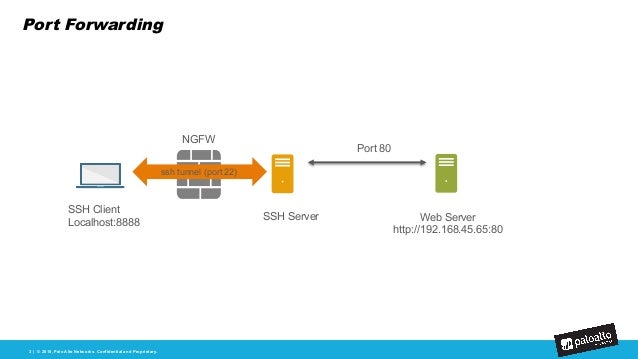

Multiple decryption policies can be configured these instructions explain the steps involved but do not provide specific details since the exact local policies are not known. Solution Note: These instructions assume that certificates have already been loaded on the device. NOTE: Nessus has provided the target output to assist in reviewing the benchmark to ensure target compliance. Decryption policies allow the administrator to specify traffic for decryption according to destination, source, or URL category and in order to block or restrict the specified traffic according to security settings. Decryption is policy-based and can be used to decrypt, inspect, and control both inbound and outbound SSL and SSH connections. This is not limited to SSL encrypted HTTP traffic (HTTPS) other protocols 'wrapped' in SSL/TLS can be decrypted and inspected. With SSL Decryption, SSL-encrypted traffic is decrypted and App-ID and the Antivirus, Vulnerability, Anti-Spyware, URL Filtering, and File-Blocking Profiles can be applied to decrypted traffic before being re-encrypted and being forwarded. The Palo Alto Networks security platform can be configured to decrypt and inspect SSL/TLS connections going through the device. If SSL/TLS traffic is decrypted in the device, it must be inspected. This requirement does not mandate the decryption and inspection of SSL/TLS it requires that if this is performed in the device, the decrypted traffic be inspected and conform to security policies. With outbound traffic inspection, traffic must be inspected prior to being forwarded to destinations outside of the enclave, such as external email traffic. With inbound TLS inspection, the traffic must be inspected prior to being allowed on the enclave's web servers hosting TLS or HTTPS applications. Remote access methods include both unencrypted and encrypted traffic (e.g., web portals, web content filter, TLS, and webmail). So it is mandatory to configure the proxy-IDs whenever you establish a tunnel between the Palo Alto Network firewall and the firewalls configured for policy-based VPNs.Information Automated monitoring of remote access traffic allows organizations to detect cyber attacks and also ensure ongoing compliance with remote access policies by inspecting connection activities of remote access capabilities. A successful phase 2 negotiation requires not only that the security proposals match, but also the proxy-ids on either peer, be a mirror image of each other. If the Palo Alto Firewall is not configured with the proxy-id settings, the ikemgr daemon sets the proxy-id with the default values of source ip: 0.0.0.0/0, destination ip: 0.0.0.0/0 and application:any, and these are exchanged with the peer during the 1st or the 2nd message of the quick mode. These rules are referenced during the quick mode/IPSec phase 2, and are exchanged in the 1st or the 2nd messages as the proxy-ids. The policy-based VPNs have specific security rules/policies or access-lists (source addresses, destination addresses and ports) configured for permitting the interesting traffic through IPSec tunnels. Palo Alto Network firewalls do not support policy-based VPNs. Firewalls that support route-based Firewalls: Palo Alto Firewalls, Juniper SRX, Juniper Netscreen, and Checkpoint.Proxy-IDs are configured as part of the VPN setup.The remote end of the interesting traffic has a route pointing out through the tunnel interface.The IPSec tunnel is invoked during route lookup for the remote end of the proxy-IDs.Firewalls that support policy-based VPNs: Juniper SRX, Juniper Netscreen, ASA, and Checkpoint.The polices/access-lists configured for the interesting traffic serve as the proxy-IDs for the tunnels.As there are no tunnel interfaces, we cannot have routing over VPNs.The remote end of the interesting traffic has a route pointed out through the default gateway. The IPSEC tunnel is invoked during policy lookup for traffic matching the interesting traffic.Difference between policy-based VPNs and route-based VPNs are:


 0 kommentar(er)
0 kommentar(er)
